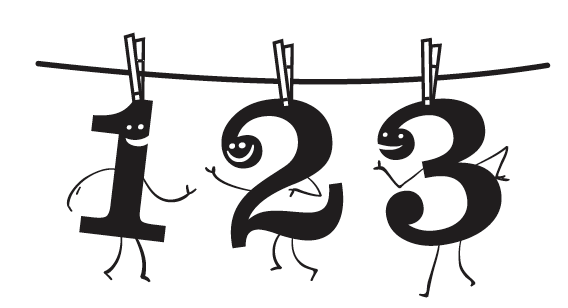Numbers on the Move
- Addition
- Place value
- Subtraction
How could you make both sides of the equation equal?

Use the numbers 1–9 to make the equation equal. You may use each number only once (you won't use them all).
What numbers can you use to make the equation equal?
______ ______ + ______ = ______ ______ - ______
- If it’s helpful, choose one side of the equation to focus on. Once you solve that side, then see what numbers you can use to make the other side equal.
- What 2-digit number could you make in the first spot? What 1-digit number could you add to that?
- What is the greatest number you can make?
- What is the smallest number you can make?
- Can you write a problem like this one?
In this task, students solve an equation with addition on one side and subtraction on the other. To do this work, they use their knowledge of place value (adjusting tens and ones), as well as computation skills (adding and subtracting 2-digit and 1-digit quantities) to balance the equation. They are also presented with the challenge of finding the greatest and least possible quantity they can make. In each case, there is a constraint of using each digit 1–9 only once.
Students may approach this problem by solving one side of the equation first, and then experimenting with digits on the other side to find an equal solution. Another approach would begin by considering groups of tens and ones, and then adjust those groups to make an equal equation. They may begin with smaller quantities that are easier to add and subtract, such as 14 + 5 = 27 − 8. As students become more comfortable experimenting with the digits, their strategies should become more sophisticated. They might pull numbers from each end of the range (e.g., 85 + 2 = 91 − 4) to find the largest and smallest possible numbers. The smallest quantity possible is 17 (13 + 4 (or 14 + 3) = 25 − 8), and the largest quantity possible is 93 (87 + 6 (or 86 + 7) = 95 − 2).
Various apps may be used to represent the context of this problem.
- In the Number Pieces app, students could drag out number pieces to represent tens and ones and then adjust them to make a balanced equation (as shown here).
- In the Number Line app, students could experiment with possible solutions by moving the digits into the equation and then drawing on the open number line to solve (as shown here).
To push students’ thinking further, invite students to consider: How many different combinations can you find? Did you find all of the possible combinations? How can you be sure?

